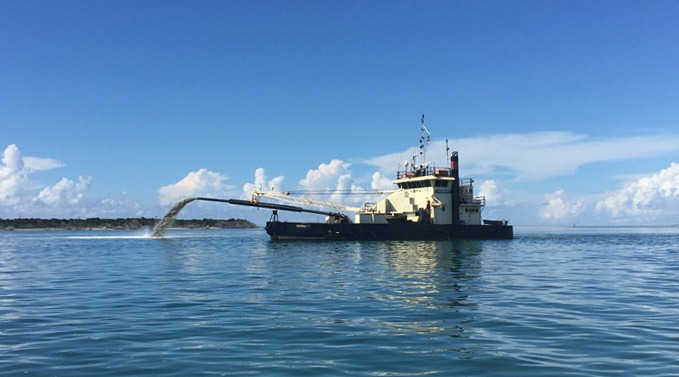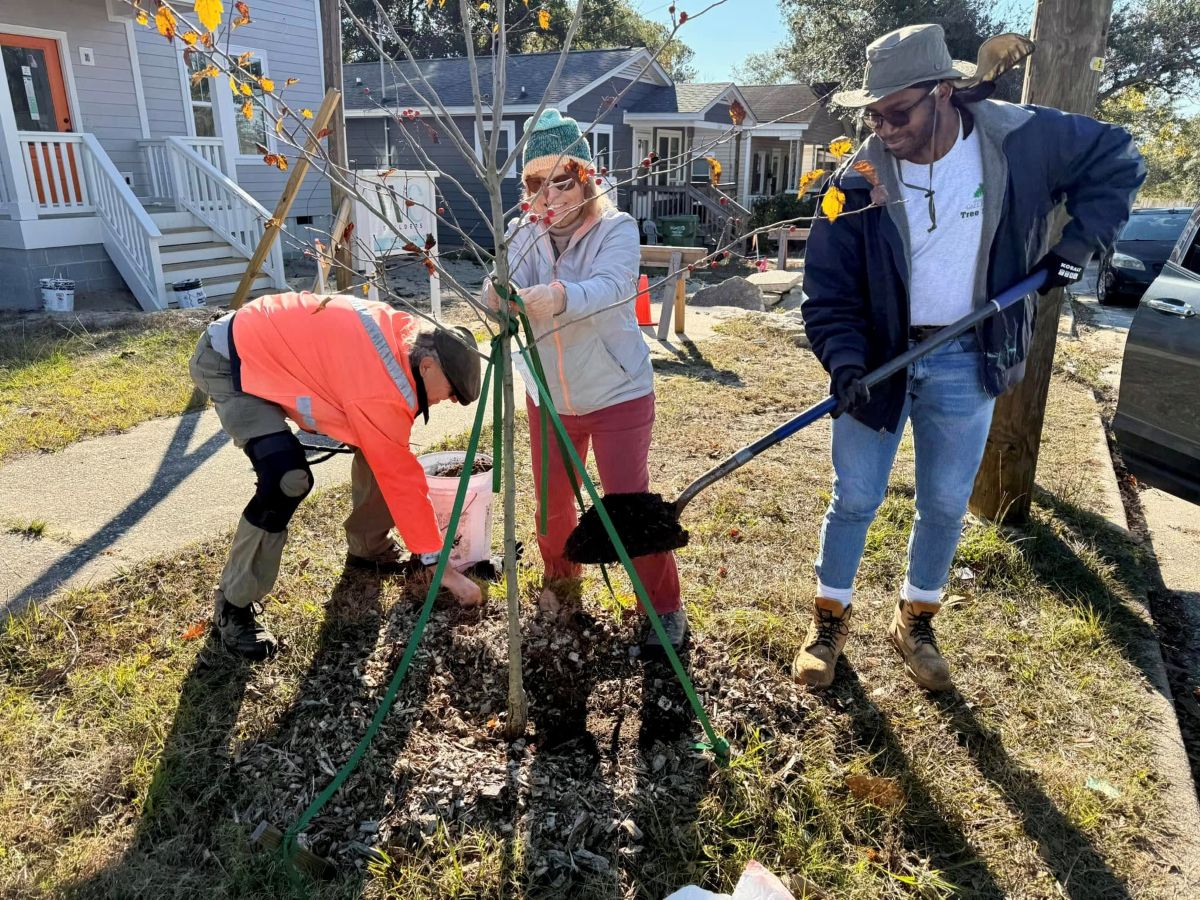
Reprinted from the Island Free Press
Details about a comprehensive proposal laying out numerous options for disposal of dredge material occupied much of Wednesday’s meeting of the Dare County Waterways Commission, indicating that finding somewhere to put excess sand may be as challenging as finding ways to keep it from washing away.
Supporter Spotlight
In a lengthy slide presentation on the proposed Dare County Dredge Material Management, Ken Willson with Wilmington-based consultant Coastal Protection Engineering, or CPE, told commissioners during its Jan. 20 remote meeting that the preliminary plan was the result of several months of work, with feedback from Dare County Projects Manager Brent Johnson and others.
“But this is the first time that we’ve felt like we’ve got a nice enough chunk of material that’s well organized that we could go ahead and present this to you,” he said.
Most of the rest of the evening was spent on the dredge material issue, which is approaching crisis level. The proposed plan addresses a severe lack of disposal sites for material dredged from federal and nonfederal channels in Dare County. Under environmental laws, the projects must have approved disposal areas to receive a permit.
Willson explained the project’s goals: create more areas to dispose dredged sand; conduct an assessment to determine anticipated dredging needs and type of dredged material; provide short- and long-term recommendations to the county, and obtain permits for short-term projects.
“We also wanted to focus on not just the cheapest way of disposing of this material, but identifying disposal alternatives that can enhance coastal resilience,” he said.
Supporter Spotlight
Proposed project areas would include Wanchese inner channels off of Oregon Inlet, Stumpy Point and Rodanthe emergency ferry channels, and Rollinson Channel in Hatteras Inlet. The study, he said, found 22 “concept alternatives,” potential locations and design for disposal areas, stretching from the northern end of Roanoke Island south to Hatteras Inlet.
Options for material disposal include reconstructing old spoil islands that may have eroded away, or have been filled to capacity; building new bird islands that also serves as habitat; building out spits that can serve as buffers for land behind them; creating a new confined disposal site where material is placed in a hole on a diked island; or replenishing eroded sound and/or ocean shorelines.
Willson said that final recommendations will be presented to the Waterways Commission next month, and then presented to the Dare County Board of Commissioners. Once the county gives its approval, Willson said that CPE will proceed with obtaining permits for short-term projects. The first priority will be to nail down a site to dispose dredge material and obtain permits for the upcoming federal Rollinson Channel maintenance project that is scheduled to start in October 2022.
Much input and data for the study was collected from stakeholders, which include the National Park Service, the Army Corps of Engineers, state Department of Transportation, The Nature Conservancy, North Carolina Coastal Federation, and North Carolina Wildlife Resources Commission.
A separate county working group has been studying priorities for a long-term waterways plan. Preliminary recommendations included securing permits for the state dredge that is under construction to dredge numerous channels in the county, request federal authorization for Hatteras Inlet and the Hatteras Inlet bar, and conduct an economic impact study of Hatteras Inlet.
Other action that was recommended was an agreement to cost share maintenance of the Rodanthe emergency ferry channel.
“These are just talking points right now,” Johnson said in an interview. “Dare County is working with NCDOT to address the waterway channels that are utilized by the ferry division.”
The commission voted to table the report until next month’s meeting.
This story is provided courtesy of the Island Free Press, a digital newspaper covering Hatteras and Ocracoke islands. Coastal Review Online is partnering with the Free Press to provide readers with more environmental and lifestyle stories of interest along our coast.







